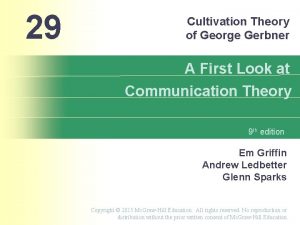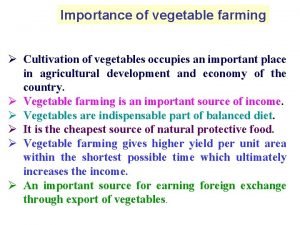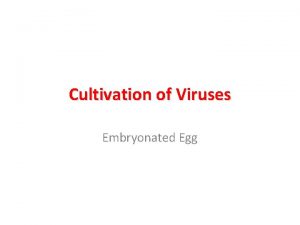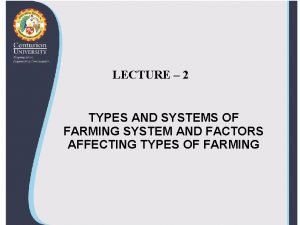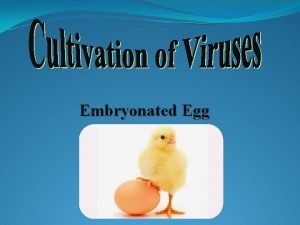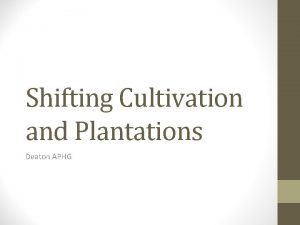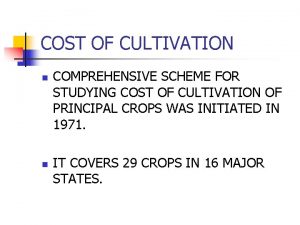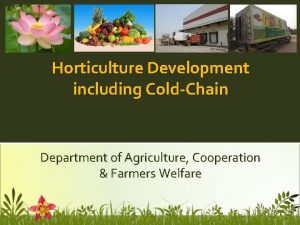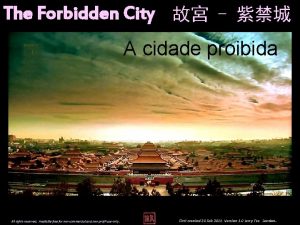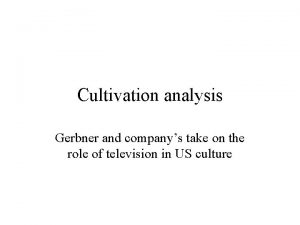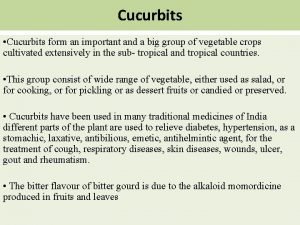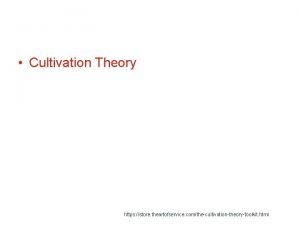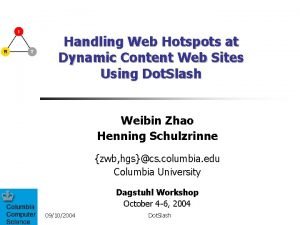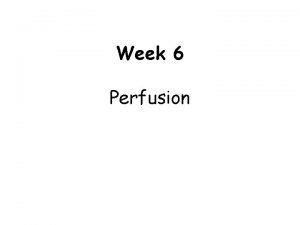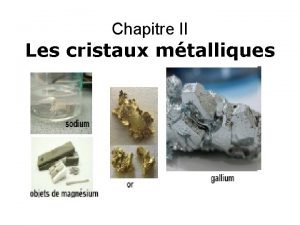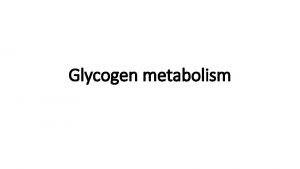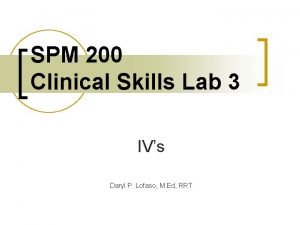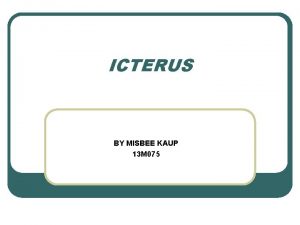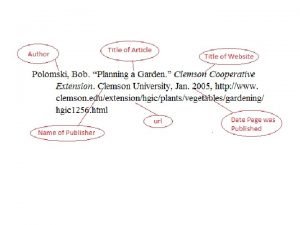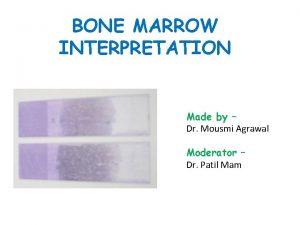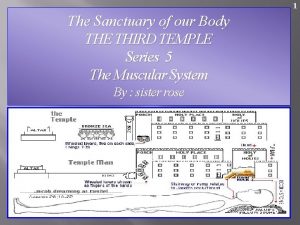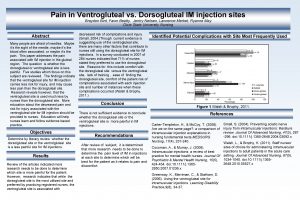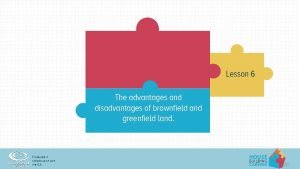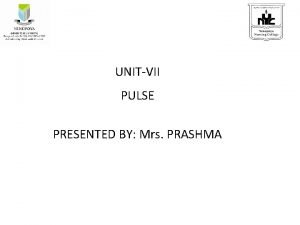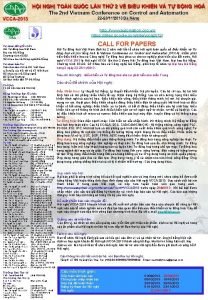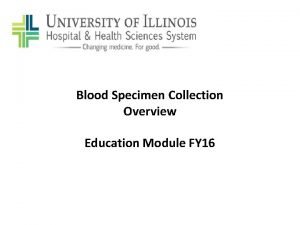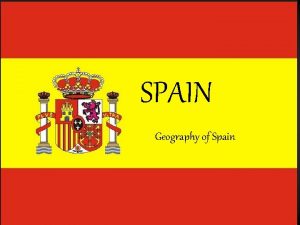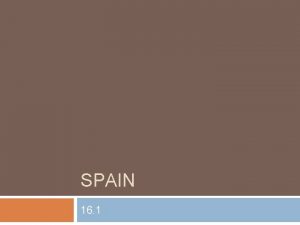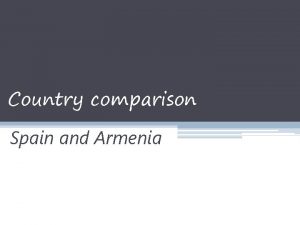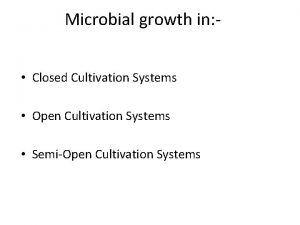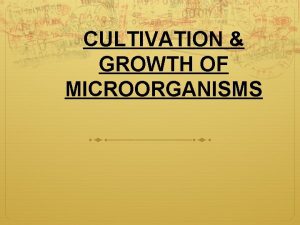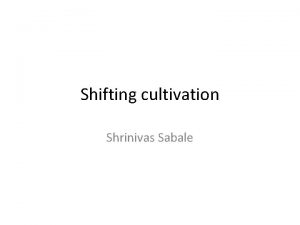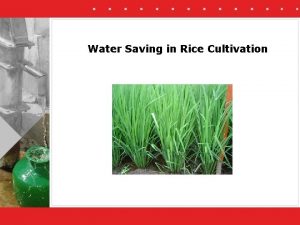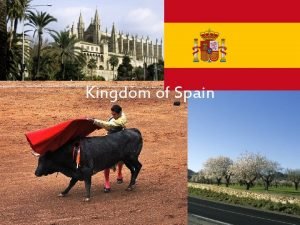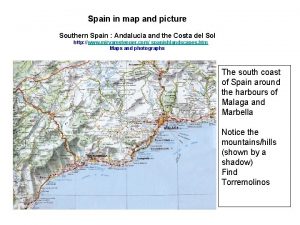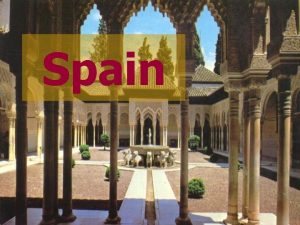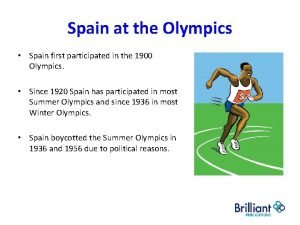CULTIVATION SITES IN EUROPE APRICOT CULTIVATION IN SPAIN











































































- Slides: 75

CULTIVATION SITES IN EUROPE �����������

APRICOT CULTIVATION IN SPAIN ������������









APRICOT CULTIVATION IN ITALY �����������














APRICOT CULTIVATION IN FRANCE �����������



















APRICOT TREE VARIETIES ��������� ����





• • • �������� , �������������� Blossoming time: intermediate Vigor: medium Productivity: medium FRUIT: Shape: Oval Ripening time: early-medium Color: deep orange Caliber: large Remarks: tree with upward carriage, medium productivity, selfincompatible or partially self-fertile (pollinators: Bella d'Imola and Portici). The fruit is deep orange with no overcolour and high maturity firmness. Orange flesh of high consistence and freestone. Mediocre taste qualities, acidulous taste, acid peel and poor juiciness. GOLDRICH SUNGIANT

• PLANT Blossoming time: medium -early Ripening time: -24 San Castrese Vigor: medium Productivity: high Self-fertility: total • FRUIT Shape: round Pit: freestone Color: yellow ground Size: medium • Remarks: early cultivar with high and constant productivity. It needs an accurate thinning to get a sufficient size. NINFA

• On concession by CRPV PLANT: Blossoming capacity: high Carriage: tendentially expanded Vigor: medium-high Fructification: on short and long branches • FRUIT: Ripening time: approximately like Portici Caliber: medium-high Shape: oblong Consistency: very high Color: deep yellow with 30 -40% bright blush red on ° Brix: 16/18 Taste qualities: excellent flavor Productivity: medium-high Entry into production: quick • Remarks: good rusticity, excellent taste and attractive appearance. Self-fertile. PIEVE

• On concession by BEE • PLANT: Blossoming time: late Ripening time: -17 San Castrese Vigor: medium high Productivity: high • FRUIT Shape: round Overcolour: 30 -40% • Remarks: fruit with attractive appearance. It needs pruning and pollinators to get constant productivity. PINKCOT®COTPY

• PLANT: Blossoming time: late Ripening time: +15 San Castrese Vigor: medium Productivity: inconstant Self-fertility: total • FRUIT: Shape: ovate Pit: freestone Color: yellow background Size: medium-large • Remarks: late cultivar with good-looking fruits and excellent flavor. PISANA

• PLANT: Blossoming time: early -medium Vigor: medium-high Productivity: high • FRUIT: Shape: elliptical-oval Ripening time: end of June Color: yellow-orange Caliber: large • Remarks: plant with high and constant productivity, with an upward carriage. Light orange fruit with orange firm flesh and freestone. Good taste, very aromatic and with a discrete juiciness. PORTICI

(su concessione BEE) • PLANT: Blossoming time: early - Vigor: medium productivity: medium-high FRUIT: Shape: Round Ripening time: : mediumhigh Color: orange Calibro: 3 A • Productivity: assurgent habit, good entry into production. Requires pollination (Early Blush ®, Spring Blush ® 3126 TH Pinkcot ® * or * Cotpy). The average thickness of the fruit peel, orange pulp and juicy, excellent flavor. Good preservation. SYLRED

• PLANT: Blossoming time: medium-early Vigor: high Productivity: high • FRUIT: Shape: round Ripening time: 3° decade of June Color: yellow-orange Caliber: large • Ratings: Plant habit and intermediate, high vigor. The fruit flesh is orange, very large, and have a good taste, balanced flavor, slightly tart and intense aroma. VITILLO

Originating from Canada, this fairly new variety is renowned for it extreme hardiness. Produces heavy yields of deep orange-red fruits that are 'freestone' (the flesh comes away from the stone easily). Extremely good disease resistance - and of course, like all Apricots, it is not prone to peach leaf curl. Suitable for both growing under protection and outside - its hardiness making it particularly useful for outdoor situations. Season of use July - August. Self Fertile - but pollination by another apricot will maximize yield. Grown on St Julien A rootstock for an ultimate (un-pruned) height of 12 - 15 feet (3. 65 - 4. 6 metres) but can easily be kept at a height of 6 - 8 feet (1. 8 - 2. 4 metres). Supplied as a bare root tree pruned to approximately 4 - 5 feet (1. 2 - 1. 5 metres) tall including roots. Hargrand

Medium sized fruit with a bright red glossy blush over orange background. Its flesh is orange, firm and has a good flavor. It is very cold hardy. It benefits from cross pollination and should be planted in sets or at least two different varieties. Harogem and other varieties whose name begins with "Har" were developed at Harrow, Ontario in Canada. The flowers bloom to a nice pink each spring. The flowers are showy and fragrant. The foliage is green from spring through fall. Harogem

Bergarouge apricots (a cross between Orangered and Bergeron apricots) BERGAROUGE


APRICOT TREE ROOTSTOCKS ������������

Apricot Rootstocks Choosing the right apricot tree for the right place is of utmost importance to avoid disappointment especially when growing top fruit trees. There are many sizes and forms available to suit every situation and how large a tree grows and it's form is mainly determined by the rootstock onto which the cultivar is grafted. ����������� ����� ����������� ` ���� , ������� �� ������� : ��� ����� , ������ � ������������ , ������ ��� ������ � ������ , ��� ����� � ������ :


• P. cerasifera types: Prunus cerasifera is a species of plum known by the common names cherry plum and myrobalan plum. It is native to Europe and Asia. Audemirska Mirobolan 29 -C Mirobolan B Mirobolan DA SEME Adara Monrepos Adarcias • Hybrids: Ishtara ® Ferciana Mariana GF 8. 1 Mariana 2624 MRS 2/5 MRS 2/8 Jaspi Citation • P. domestica types: Torinel Tetra Penta Wavit® (New) • P. persica types: GF 305 Montclar Rubira • P. insititia types: Adesoto 101 Montizo • P. dasycarpa

Mirabolano B Origin Clone selected from Prunus cerasifera by the former Experimental Station of East Mailing (UK).

'Myrobalan B' is easily propagated by mound and trench layerings; hardwood cuttings are problematic. Generally, micropropagation is the most widely used technique. This rootstock is very adaptable to many different soils (clayey, dry, calcareous) and shows good resistance to replant disease. It is fairly resitant to waterlogging, but less than 'Marianna GF 8/1'. 'Myrobalan B' is further resistant to Pseudomonas syringae, sensitive to Armillaria mellea and PPV virus (Sharka), rootknot nematodes, Pratylenchus vulnus and crown gall; medium sensitive to Pytophthora and Verticillium. 'Myrobalan B' ������ � ����� ; ��������� �� : ����������� ���� � : ���������� � ������� (������� , ������ ) � ��������� ������ � : ��������� � to water logging, ������ ��� 'Marianna GF 8/1'. 'Myrobalan B' ������ � Pseudomonas syringae-� ���� , ������� � Armillaria mellea � PPV ������� (Sharka), ������ , Pratylenchus vulnus-� � ����� чернильный орешек ���� ; ������ � Pytophthora-� � Verticillium-� ���� :

Evidences of grafting incompatibility have been reported for some plum cultivars. With respect to other plum rootstocks, 'Myrobalan B' facilitates elevated growth vigor (more than 'Marianna GF 8/1' and 'Myrobalan 29 C), earlier blooming and fruit ripening (3 -4 days earlier). Fruit production, yield efficiency and fruit parameters are very good. However, plum varieties develop a lower soluble solids content and drying efficiency than on 'Myrobalan 29 C. ������ �������� �� ��������� : �������� ����� , 'Myrobalan B'-� ��������� (����� ' Marianna GF 8/1' � 'Myrobalan 29 C), ������� � ������� (3 -4 �� ���� ): ��������� , ��������� � ������ ���� �� : ������� , ���������� �� ������� �������� � ��������� , ��� 'Myrobalan 29 C-� ������� :

Species for which it can be used Plum, apricot. Incompatible with plums of the 'Reine Claude' group and 'Ozark Premier'. Grafting compatibility with apricot is closely related to the cultivar. Overall evaluation 'Myrobalan B' is the most vigorous among the clonal plum rootstocks. It is interesting for its adaptability to many soils (also calcareous and dry ones), and for the cultivation of less vigorous plum cultivars on less fertile soils. Due to its incompatibility with many apricot cultivars, it is currently not used with this species. ����� , ����� � ������ , ���� : ������ � 'Reine Claude' ���� 'Ozark Premier'���� : �������� ��������� ������ � ������ : ���������� 'Myrobalan B'-� ��������� �������� � : ��������� � ���� (��� ������ � ��� ), �� ��������� , ����� ����� ` ������� ����� ���� : �������� ��� �� ��������� ���������� �� ��������� :

Mirabolano 29 C Origin Clone selected from a progeny of Prunus cerasifera by Gregory Bros. Nursery, California (USA).

Hardwood cuttings treated with IBA (2. 000 ppm) show a good rooting percentage; however, usually, 'Myrobalan 29 C is propagated in vitro. 'Myrobalan 29 C is suitable for calcareous soils, moderately resistant to Agrobacterium tumefaciens and leptonecrosis, susceptible to Pseudomonas syringae and resistant to root-knot nematodes (Meloidogyne spp. ). IBA (2. 000 ppm)-�� ��������� ���� �� ������ ; ������� , ����� 'Myrobalan 29 C-� ���� � in vitro. 'Myrobalan 29 C ������ � ������� , ������� Agrobacterium tumefaciens � leptonecrosis-�� , ������� Pseudomonas syringae�� � ��������� (Meloidogyne spp. ):

This clone adapts itself well to different soils and is moderately resistant to waterlogging. In plum varieties, it reduces vigour by 1520% with respect to 'Myrobalan B. Suckering activity is generally low. Species for which it can be used Apricot, plum. Overall evaluation 'Myrobalan 29 C is the most widely used rootstock for plum. It is appreciated for its adaptability to many soils (calcareous and dry ones), reduced tree vigor with respect to 'Myrobalan B', as well as the promotion of good yields and fruit quality. Recommended also for apricot. ��� ���������� � ������� � �������� : ������ ��� ������ � 15 -20% ����� 'Myrobalan B-� ��� : ������������� ������ � : ����� , ������������ , ��������� 'Myrobalan 29 C ����������� � ����� : ����� � �������� (������ � ��� ) �� ��������� , 'Myrobalan B'-� ������� ����� , ����� ����� � ����� ���� : ���� � ������ ����� :




 Art of cultivation
Art of cultivation Cultivation theory examples
Cultivation theory examples Naturraum tropischer regenwald
Naturraum tropischer regenwald Difference between shifting cultivation and taungya system
Difference between shifting cultivation and taungya system Vegetable forcing
Vegetable forcing Cultivation of viruses
Cultivation of viruses Cultivation analysis
Cultivation analysis Zabo cultivation definition
Zabo cultivation definition Batas pambansa 232 importance
Batas pambansa 232 importance Egg inoculation diagram
Egg inoculation diagram Shifting cultivation ap human geography
Shifting cultivation ap human geography Cost of cultivation scheme
Cost of cultivation scheme Cultivation of viruses
Cultivation of viruses Define cultivation theory
Define cultivation theory Whats subsistence agriculture
Whats subsistence agriculture Intensive rice cultivation
Intensive rice cultivation Scope of protected cultivation
Scope of protected cultivation Cultivation
Cultivation Cultivation analysis
Cultivation analysis Snap melon in hindi
Snap melon in hindi Desertifikation mindmap
Desertifikation mindmap Cultivation analysis
Cultivation analysis Cultivation theory definition
Cultivation theory definition Colebrook on bengal riots
Colebrook on bengal riots Yvipec
Yvipec Where to listen for apical pulse
Where to listen for apical pulse Sites
Sites Pulses location
Pulses location Google sites dynamic content
Google sites dynamic content Folksonomy allows user to categorize and locate information
Folksonomy allows user to categorize and locate information Bergie web sites
Bergie web sites Capillary refill
Capillary refill Site tetra hexagonal compact
Site tetra hexagonal compact Alpha 1 4 glycosidic bond
Alpha 1 4 glycosidic bond Peripheral pulse points
Peripheral pulse points Spm-200
Spm-200 Brachial pulse
Brachial pulse Epaxial muscles dog injection
Epaxial muscles dog injection Www.sites.google.com new
Www.sites.google.com new Im injection sites and volumes pediatrics
Im injection sites and volumes pediatrics Cco test questions
Cco test questions Masseter botox
Masseter botox Jaundice definition
Jaundice definition Harappan civilization map
Harappan civilization map Instillation of nasal drops procedure ppt
Instillation of nasal drops procedure ppt The major storage sites for glycogen are the
The major storage sites for glycogen are the Location of apical pulse
Location of apical pulse Purdue owl apa
Purdue owl apa Hcpss me
Hcpss me Subcutaneous injection site
Subcutaneous injection site Https//sites.google.com/site/formarea cadrelor didactice
Https//sites.google.com/site/formarea cadrelor didactice Brownfield sites canary wharf
Brownfield sites canary wharf Aspiration biopsy
Aspiration biopsy What is referred pain
What is referred pain Iv placement sites
Iv placement sites Sanctuary sites in the body
Sanctuary sites in the body Iv insertion documentation example
Iv insertion documentation example Features of industrial estate
Features of industrial estate Starlings displacing bluebirds from nesting sites
Starlings displacing bluebirds from nesting sites Ventrogluteal vs dorsogluteal
Ventrogluteal vs dorsogluteal Sites of pulse rate
Sites of pulse rate Vesicant
Vesicant High performance web sites
High performance web sites Mississippi civil war sites map
Mississippi civil war sites map Disadvantages of redevelopment
Disadvantages of redevelopment Wonder social network
Wonder social network Pulse definition
Pulse definition Normal vitals for adults
Normal vitals for adults Dylan ryder teacher
Dylan ryder teacher Types of websites
Types of websites Https://sites google
Https://sites google Veins in the hand for venipuncture
Veins in the hand for venipuncture Mount sinai accelerated nursing
Mount sinai accelerated nursing Peripheral site
Peripheral site Www.sites.google.com
Www.sites.google.com Social networking sites
Social networking sites

